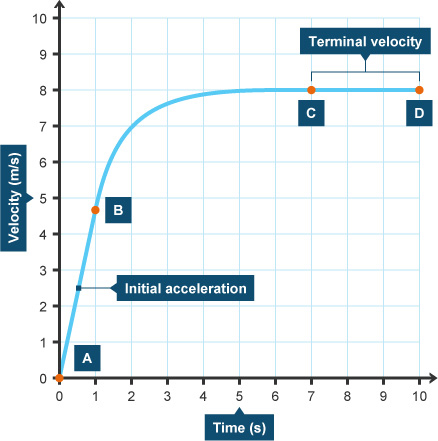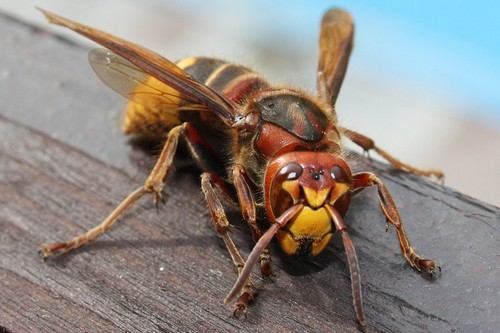Terminal Velocity is a phrase used to describe the maximum constant speed that a falling object can reach before it cannot accelerate any further. This happens when the air resistance pushing the object up becomes equal to the force of gravity pulling the object down. The terminal velocity of a human being is 120mph, as such, should you manage to reach this speed while falling and hit the ground you would most likely end up in a bad way.
However, an ant is so light that should you choose to throw one off the top of a skyscraper and it reached its terminal velocity, it would only be travelling at 3.9mph, due to its size and weight the air resistance acting against the ant is so strong that gravity cannot physically pull it down to earth any faster. Due to the slow speed and the ant’s strong exoskeleton which braces it for impact, they do not suffer any damage from falling at any height and the impact would have been the same as if it had fallen a few centimetres.
There are several other animals that have a terminal velocity which won’t cause any lasting damage, one example of this is mice. Mice are completely safe from any fall, at any height. There have been instances of mice falling thousands of feet down mine shafts only to have them shrug and scurry off, this is because their terminal velocity is so low.
But where is the break-off point? Where the terminal velocity becomes high enough to cause lasting damage or even death? It is slightly larger than a cat. Cats have a terminal velocity of around 60mph and can survive falls from multi-story buildings, once a cat reaches its terminal velocity it relaxes, spreads its body to increase the air resistance. They then can contort their bodies to make sure they land on their legs to brace the impact, these strong muscular legs, built for climbing and jumping act as shock absorbers and brace their bodies for the impact.







This is a really cool fact!